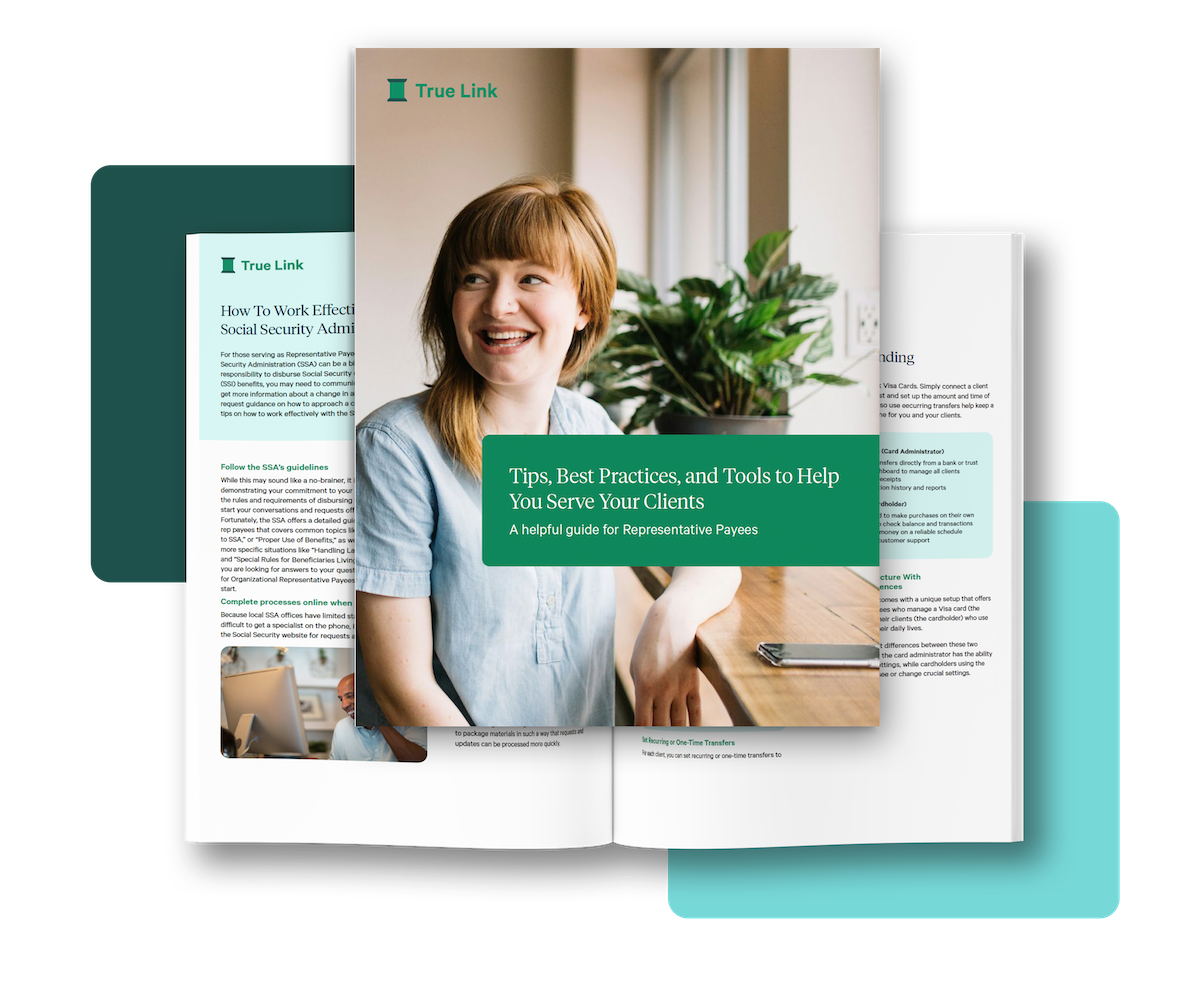How ABLE Accounts Can Help Boost Your Financial Health
For many people with disabilities, maintaining financial well-being can prove challenging amid the marginalization, societal stereotypes, and employment and health care barriers they may encounter in their daily lives. This includes anything from inaccessible workplaces to reduced income to limited options for building up their savings. But there is a unique tool that could help improve the long-term financial outlook of this community, and many who are eligible to use it are unaware of its benefits.
State of Financial Health of People Living With Disabilities
According to a new report, individuals living with disabilities who receive benefits from means-tested programs like Supplemental Security Income (SSI) and Medicaid are at the most risk for financial hardship or ruin after an unexpected emergency.
The report surveyed people living with disabilities on a variety of factors related to their spending, saving, borrowing, and planning habits to calculate their financial resilience.
The findings reveal that only 10% of people of working age in the disability community are financially healthy today. Meanwhile, a third of working-age people living with disabilities are categorized as financially vulnerable, compared with 12% of people of working age without disabilities. These individuals may have significant debt and little or no emergency savings, and may often be living paycheck to paycheck.
When it comes to long-term savings, the report highlights ABLE accounts as one viable option for many people living with disabilities who receive government means-tested benefits. Yet researchers find that awareness of the benefits of these accounts and how they can help is severely lacking.
What Is an ABLE Account?
ABLE accounts are a type of savings account that allows qualifying people living with disabilities to save $18,000 a year (in 2024), tax-free, without losing their eligibility for public benefits. An ABLE account helps beneficiaries of means-tested programs like SSI circumvent the strict asset resource requirements, allowing them to save up to $100,000 without penalty.
The money in this type of account can be used for the account holder’s benefit. Money held in an ABLE account can pay for various expenses like:
- Basic living expenses
- Education
- Housing expenses
- Transportation services
- Education and training
- Assistive technology
In addition to the ability to save money without losing benefits, the purpose of an ABLE account is to create a safety net that can help reduce a beneficiary’s stress regarding their finances.
What Are the Qualifications for an ABLE Account in 2023?
As of 2023, these are the ABLE account requirements:
- The account holder must have been disabled before they turned 26 years old.
- The individual must either already be receiving benefits under SSI or Social Security Disability Insurance, or they must have a letter of certification from a licensed physician stating that they meet the Social Security Administration’s criteria regarding significant functional limitations.
Note that in January 2026, the age limit will be extended. At that time, to be eligible for an ABLE account, beneficiaries will have to prove that their disability began before the age of 46.
Continued Financial Hardship May Create Another Barrier for Eligible Account Holders
Despite the benefits of using ABLE accounts, there are downsides that can keep people across the disability community from achieving financial health, according to the report.
ABLE accounts often require a minimum balance and sometimes have an annual fee, which may create a barrier to financial health for otherwise eligible participants. Many people have a hard time putting enough money aside to start utilizing an ABLE account. Being unable to contribute consistently poses a risk that their ABLE account could fall below the required minimum balance.
While anyone can contribute to someone’s ABLE account, many families have trouble putting together enough money to take full advantage.
Most People Eligible for an ABLE Account Are Unaware of the Service
Despite its benefits, many people who are eligible for an ABLE account do not know that these accounts exist. Findings from the report show that:
- In 2022, only 120,000 of the estimated 8 million eligible beneficiaries have opened an ABLE account.
- Less than 1% of the eligible people living with a disability surveyed had an ABLE account, all of whom had less than $10,000 in their accounts.
- 93% of survey respondents said they were unfamiliar with ABLE accounts.
In addition, the report says, “ABLE accounts also remain unfamiliar to many service providers who serve people living with disabilities and could provide a critical link to helping provide access.”
To learn more about how to set up an ABLE account, consult with a special needs planning attorney in your area.











